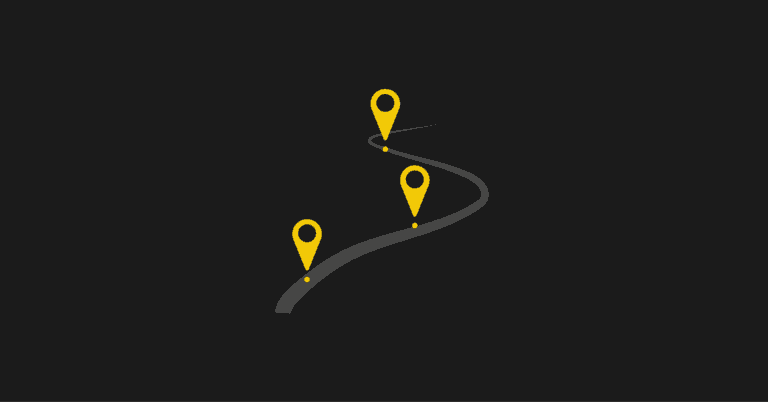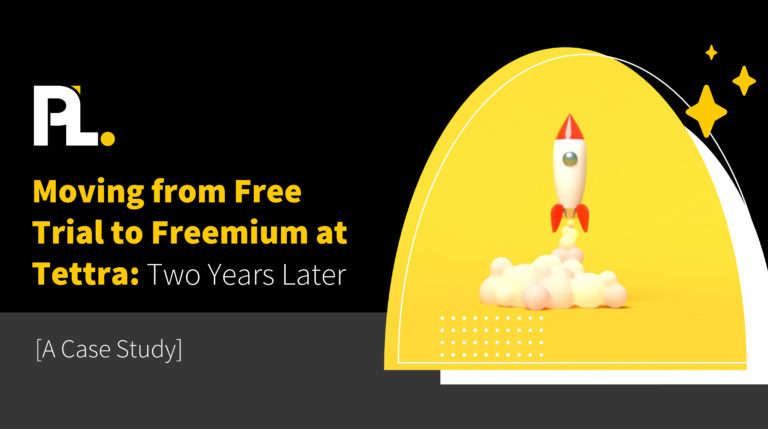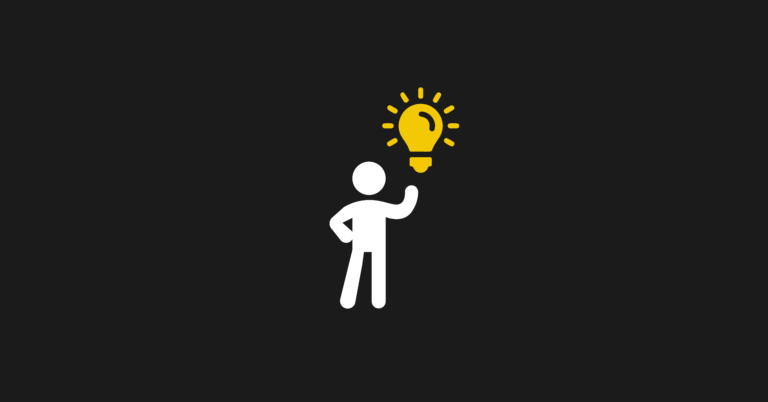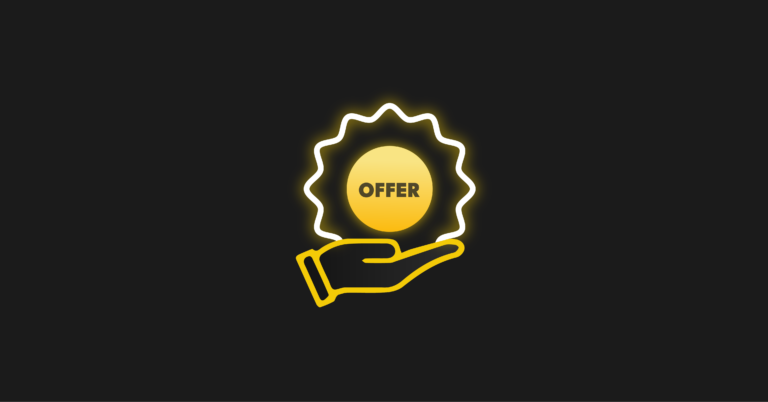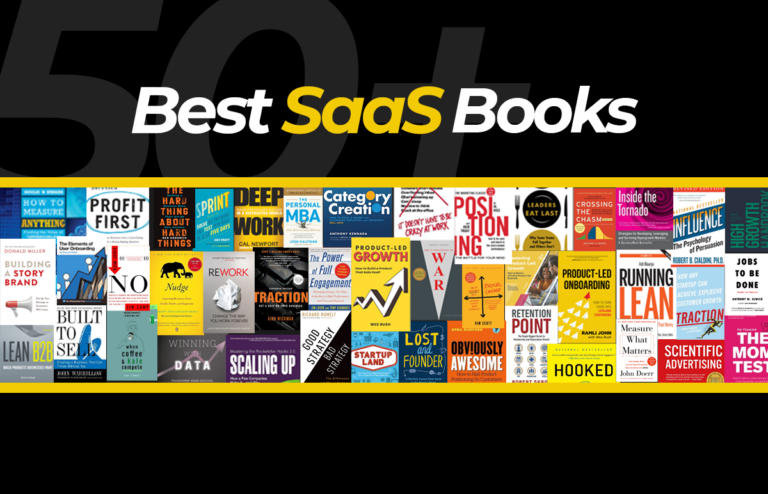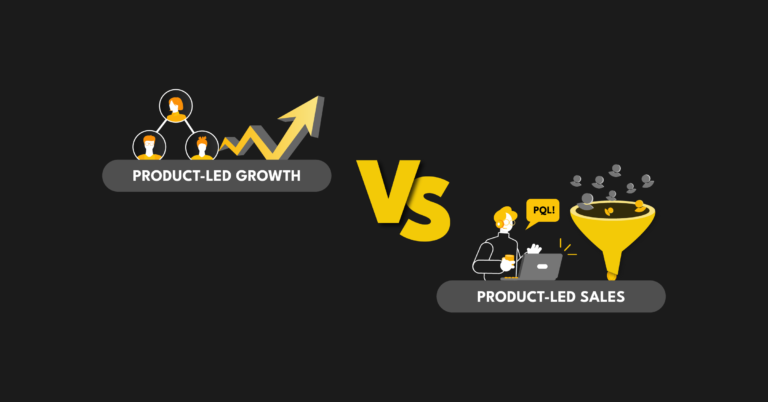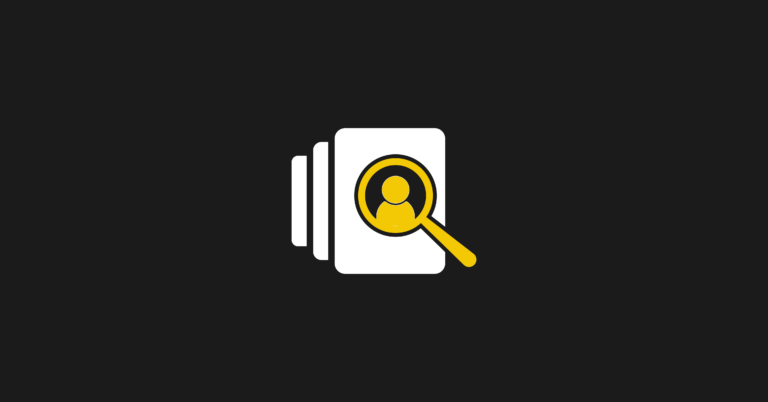Now, more than ever, companies need to accelerate value delivery to attract users and outshine the competition. After all, up to 75% of B2B buyers prefer to buy directly from a brand’s website rather than from a sales rep.
In this article, we get into both growth hacking and product-led growth (PLG) – what makes them different, what similarities they share, and how these methods can work together to boost growth.
The Similarities Between Growth Hacking and Product-Led Growth
Both strategies expand business by helping users find value in the product faster.
Value is a pillar of sustainable growth. Growth hacking and PLG are founded on the idea that conversion value drives retention. Both approaches seek to:
- Amplify value
- Increase the speed to value
- Deliver continued value over time
- Quantify value with the North Star metric
Growth hacking is a test, learn, and improve-driven method. So you need a growth mindset. A product-led growth strategy is also about trying to improve value delivery. The faster you understand bottlenecks to getting value and how to accelerate value delivery, the more you can drive long-term growth.
The Differences Between Growth Hacking and Product-Led Growth
The market objective is the main difference between these growth strategies.
Growth hacking works easier in business-to-consumer (B2C), whereas a product-led company focuses more on business-to-business (B2B).
Growth hacking is easier in B2C because of volume and data, and you can run pure experiments when there's not much human touch. In B2B, a salesperson or customer success often comes in contact with a prospect on the way to making the sale. Due to the high data volume and the type of pure digital experience throughout the sales process, running experiments make it easier to test.
On the other hand, a product-led growth strategy focuses on qualified leads based on their product engagement. The more value delivered to users, the easier it is to sell the product.
The steps in each growth strategy to improve product value are where they diverge.
PLG is a go-to-market strategy that uses the product to drive acquisition and retention.
Growth hacking is a data-driven, rapid test-learn approach to growth. The product showcases value to the end-user, but unlike a product-led company, growth hacking integrates elements of product marketing and growth.
Blended Growth Strategy Examples
There's a significant overlap between any tactic or strategy you approach with growth hacking and product-led growth. Several B2B companies are now looking, acting, and operating more like B2C companies regarding how they're onboarding their users.
The examples below showcase how three companies optimize for value using product-led growth and growth hacking.
Slack
Slack is a collaborative online workspace with mass consumerization. The company has effectively served the needs of its consumers and retained enough of them to make a footprint where the more significant sale is possible, and they can monetize on end-user engagement.
Dropbox
Dropbox offers cloud storage and file-sharing. The company is pro-consumer with very high-velocity sales. Many users are familiar with how to use Dropbox services when they log in, so many of the company’s sales are touch sales.
HubSpot
HubSpot offers marketing software products. The company uses a Website Grader as a creative growth hack to generate qualified leads for its sales team. In exchange for an email, the Website Grader provides performance, SEO, mobile, and security scores for the website typed in the form field.
In 2017, Hubspot introduced a free version of its product. This freemium-led approach moved a lot of B2B opportunities into a consumer-led approach to customer acquisition and conversion retention.
How to Get Buy-In From the Different Teams
A successful growth strategy involves getting the Marketing, Product, and Growth teams to agree on fundamentals. Figure out the value for the end-user and get everyone to buy into the shared vision across the organization.
From there, outline a shared framework and language for working together cross-functionally to accelerate an outcome. Move up the foundation chain to assess that teams agree on a collective plan for how people experience and learn to love the product, creating value for the end-user.
Growth metrics such as time-to-value, product qualified leads, and net revenue churn provides teams with the data they need to agree on how to best accelerate the delivery of end-user value through growth hacking and product-led growth strategy.
Why Companies Fail to Adapt PLG and Growth-Hacking
Not experiencing the results from your growth strategy is frustrating. Why companies fail to adapt PLG, and growth-hacking methods include:
Silo Mentality: Sales, Customer Success, and Product teams have siloed goals and metrics. When companies try to implement PLG or a new growth hack, a silo mentality often prevents teams from pulling efforts in the same direction. Teams need to collaborate and work as an embedded structure.
No North Star: The North Star metric is the critical measure of the success of your product and represents the value delivered to users, pulling company teams towards one common shared goal. Without a North Star metric, your company’s mission is unclear, and adapting growth strategies fails.
Lacking Growth Goals: How do you grow today? How do you measure success and areas for improvement? If team efforts don’t align, your company cannot introduce a test-learn process focused on the unaddressed areas like speed to value that is vital to long-term growth.
6 Big Success Drivers for Today’s Fastest-Growing B2B Companies
B2B growth requires cross-functional teams that out-innovate competition. What’s the secret to fast-growing success? The following six drivers explain how your company can succeed with PLG and growth hacking tactics.
1. Identify your target audiences.
Fast-growing B2Bs know who – and who isn’t – their ideal customer. A clearly defined target audience makes delivering value easier and learning where a product is valuable.
Templafy, a document generation platform, targets its services to businesses with more than 500 employees. Templafy has a question on its website asking prospects about the size of their company. If people answer that their company is less than 500 employees, Templafy explains that their services are expensive for smaller businesses and might not be a good match.
2. Obsess about delivering value to stakeholders.
Stakeholder support translates to successful company growth. PLG and growth hacking tactics must first and foremost be about striving to deliver the best value of a product or service.
TripActions helps companies manage employee travel costs through corporate smart cards and expense management. The company’s travel app adds value with additional features that optimize searches for travel preferences, offer special airfare rates, and provide around-the-clock trip assistance.
Like other fast-growing B2Bs, TripActions has a “value first” mindset and focuses on serving users before selling.
3. Nailing product-market fit.
Growth comes to companies that focus on the must-have experience and how value is delivered. A persuasive sales team can sell a product to a variety of consumers. Without a good product-market fit, consumers will unlikely buy a product add-on or renew subscriptions.
4. Data and metrics are critical in driving B2B growth success.
A deep understanding of what's going on is vital to a business improvement. Change comes from first collecting qualitative and quantitative data. Then, analyze the data and seek PLG strategies and growth hacks that work well. Think about where the real opportunities are and strive to make them work even better.
5. A growth mindset drives the test/learn process.
After collecting growth data and metrics, look for the levers to plug into the test/learn process. Companies with a growth team are 2.6 times more likely to be running or more experiments at a time, which drives continuous growth throughout the funnel.
Even a B2B with a small volume of data can find ways to implement a test/learn approach. Deep data learning isn’t always possible, but getting into the scientific test/learn approach helps accelerate growth. Templafy, for example, has an ad hoc team that finds problems within the organization and determines what experiments to run to help find a solution.
6. Work to drive cross-functional alignment.
B2B has functional roles like Customer Support, Customer Success, and Sales. Fast-growing companies have teams that are aligned on its North Star metric. Every team needs to be on the same page about what value they are delivering and their specific role in helping achieve it.
How to Measure the Value of Your Product
What product-led growth metrics or growth hacks provide the answers you need to make the right decisions about growing your company?
Track these metrics to measure value:
North Star Metric
The North Star metric of Amplitude, a product analytics platform, is the weekly learning of users. By tracking weekly learning, the company knows what users are looking at the product and what they’re learning.
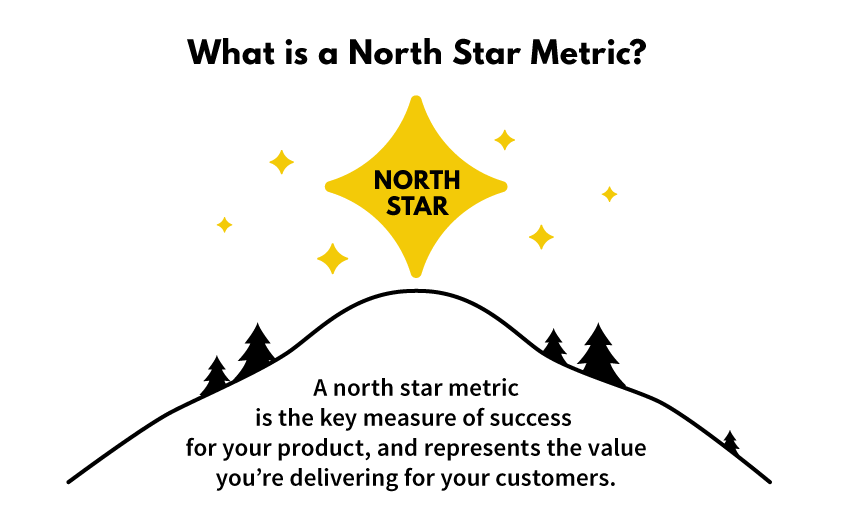
Product-Market Fit
Product-market fit is when a company successfully identifies a target audience and serves them with a product they need and value. It’s about listening to what consumers say and how they're experiencing the product you're providing.
Ask users:
"If the product were to go away tomorrow, would you be very disappointed, somewhat disappointed, or not disappointed at all?"
People with a must-have experience with your product will respond “very disappointed.” These consumers are a product-market fit.
Retention
The ”Aha!” moment is when a user realizes a product’s value. Identifying your product’s “Aha!” is critical in converting and retaining users. The objective is to get them to come back regularly and experience the value you’re providing them time and time again.
Long-term customer retention is a critical metric to show a company’s ability to grow sustainably. It’s a direct function of whether or not a company delivers ongoing value.
Mistakes Made by Freemium Companies That Made Them Go Out of Business
Freemium is a two-tiered user acquisition model, including free users with limited product features and paid subscribers with full access. Deciding what features to give away and determining other premium ones that users are willing to pay for can be tricky. Mistakes your freemium company wants to avoid include:
Not Accounting for Overhead Costs
Freemium companies don’t always consider the full scope of what’s involved with running its product. Freemium is free for users but not for companies. There are overhead expenses that come with having thousands, if not millions, of free users on your system. Even if your cost per user is minimal, servicing and providing customer support adds up.
Offering Too Much for Free
The number one killer for freemium companies is giving away too much for free. Your company will never earn revenue if every user is happy with the free version. Companies need to differentiate the product value between the versions and give them a reason to upgrade to paid.
Canva is an online graphic design platform with a successful freemium model.
Its Free plan is for teams of one to five people. The paid Pro plan for up to ten collaborators includes additional personalization features, premium templates, and more cloud storage.
A Free Version Without The Wow Factor
A common mistake is companies funneling all their effort to their paid version and treating their free product as an afterthought.
Think of a free version as a sample of the premium product. It’s like that delicious free chocolate you receive at a dessert shop that makes you want to buy a box of goodies. If the free product is awful, there’s nothing to motivate users to upgrade to paid.
For freemium to work well, you need a free product that is so good that people talk about it and refer it to other potential consumers.
How Will Your Business Grow?
Growth hacks and PLG boil down to creating a product that consumers value. Regardless of your approach to growing your company, make sure teams collaborate on a North Star metric to ensure value is delivered as quickly as possible. To learn more about how PLG can help your company, be sure to take our free Product-Led Growth Fundamental course.


